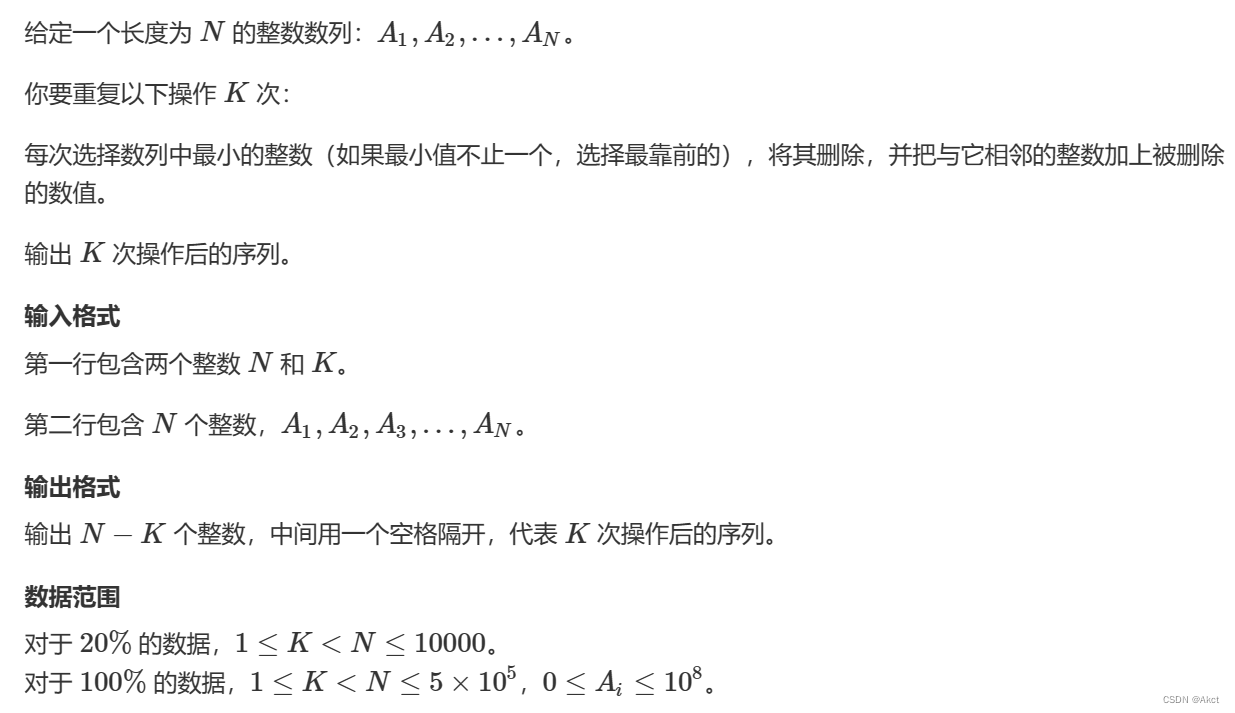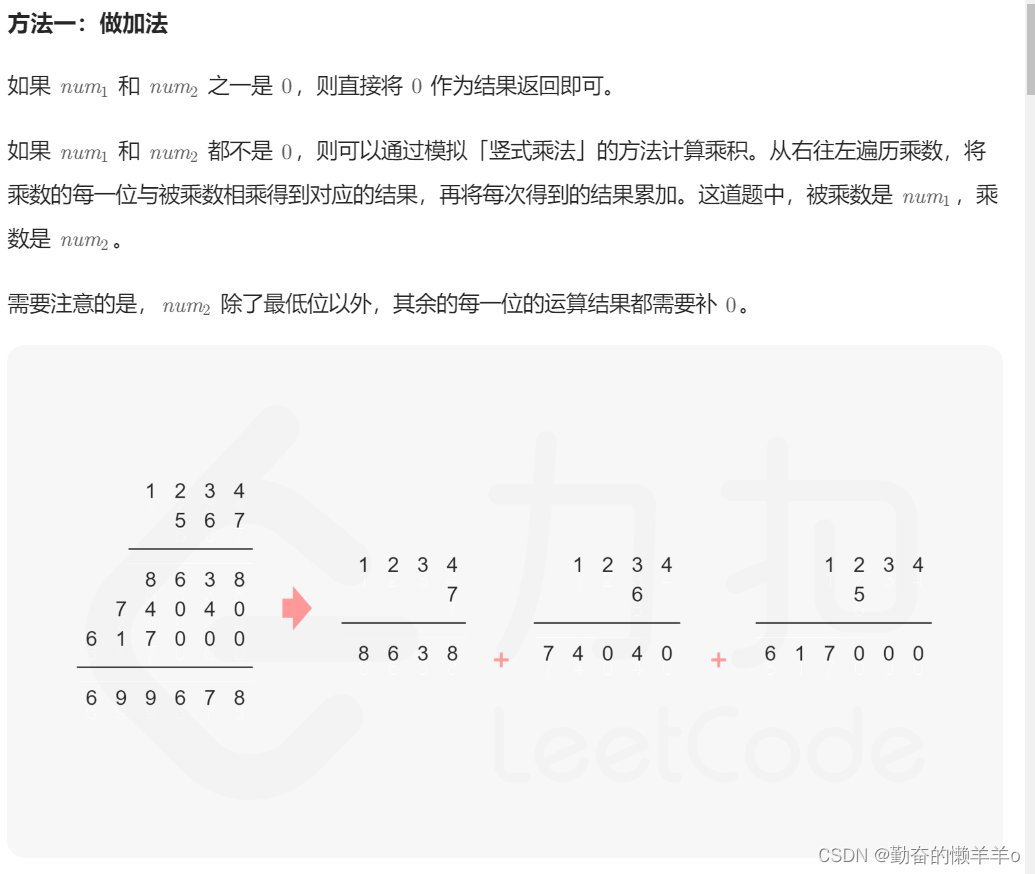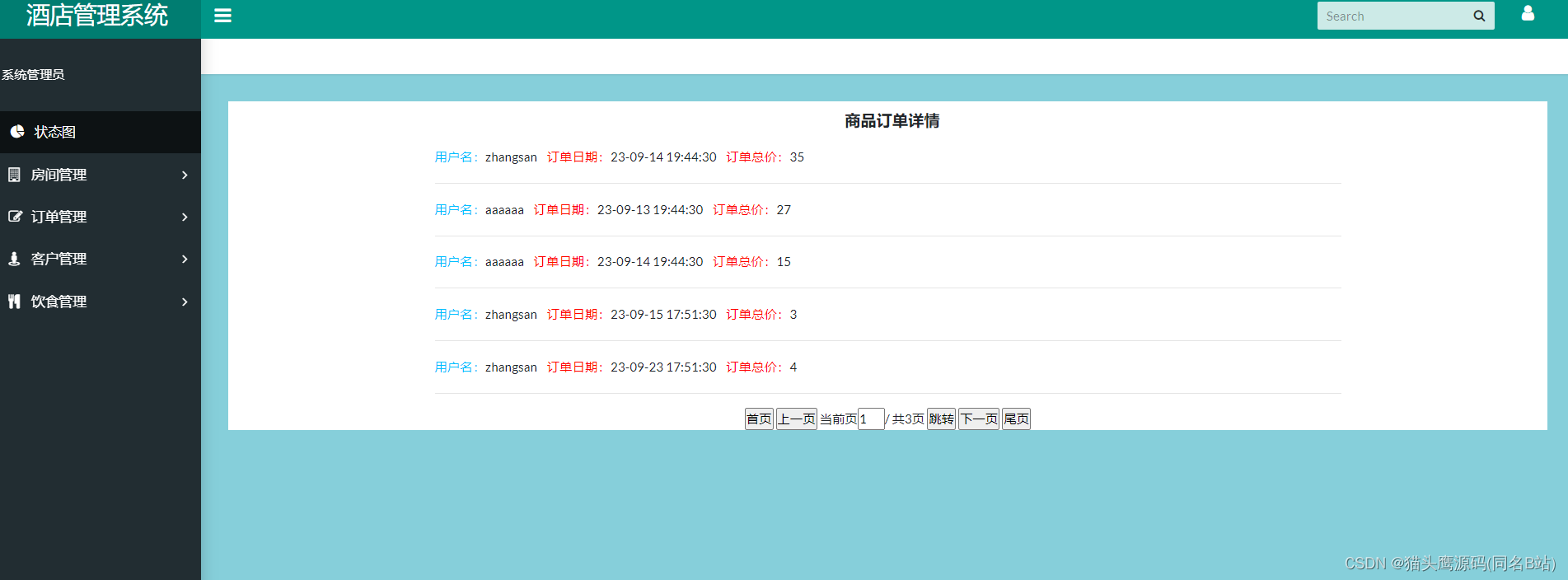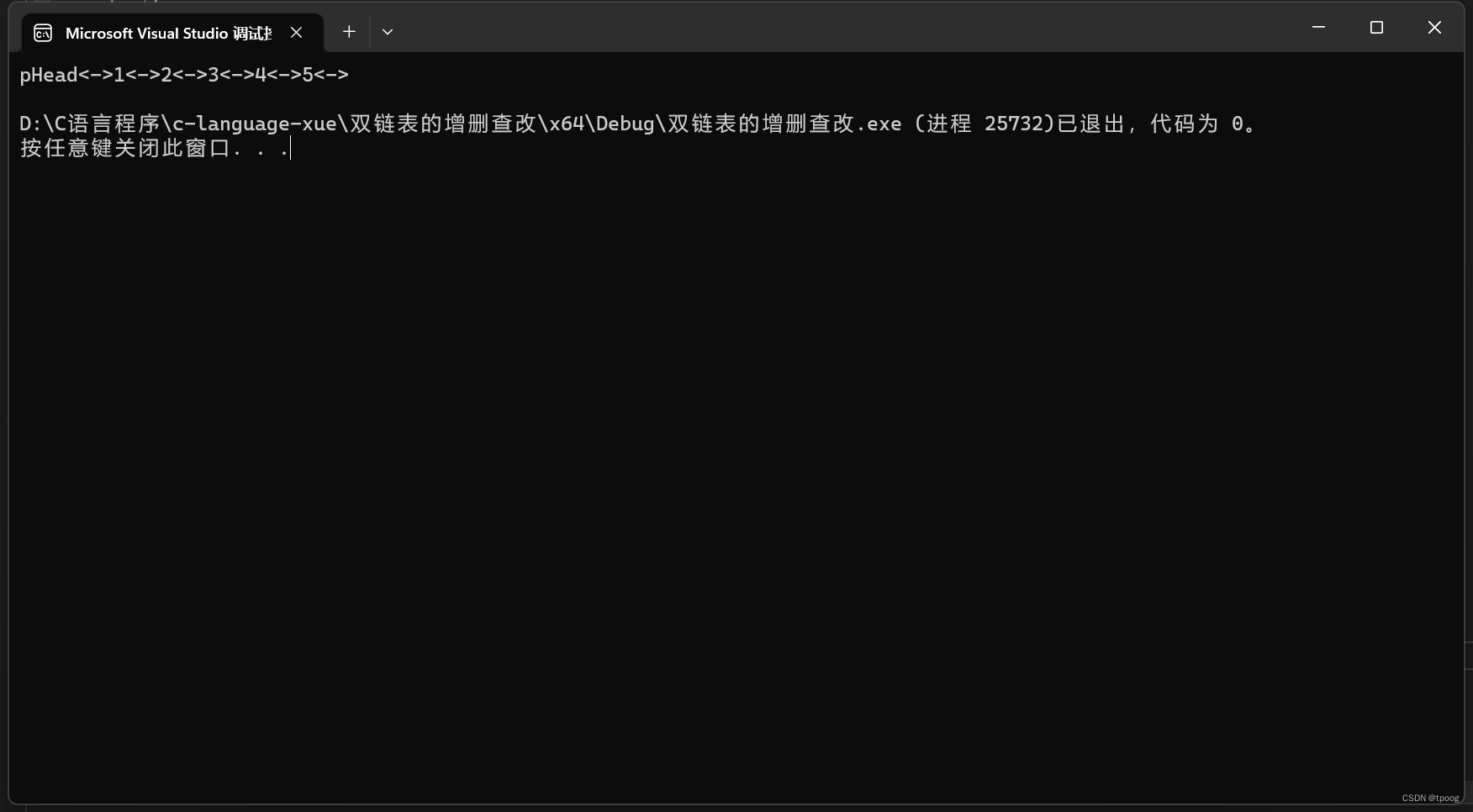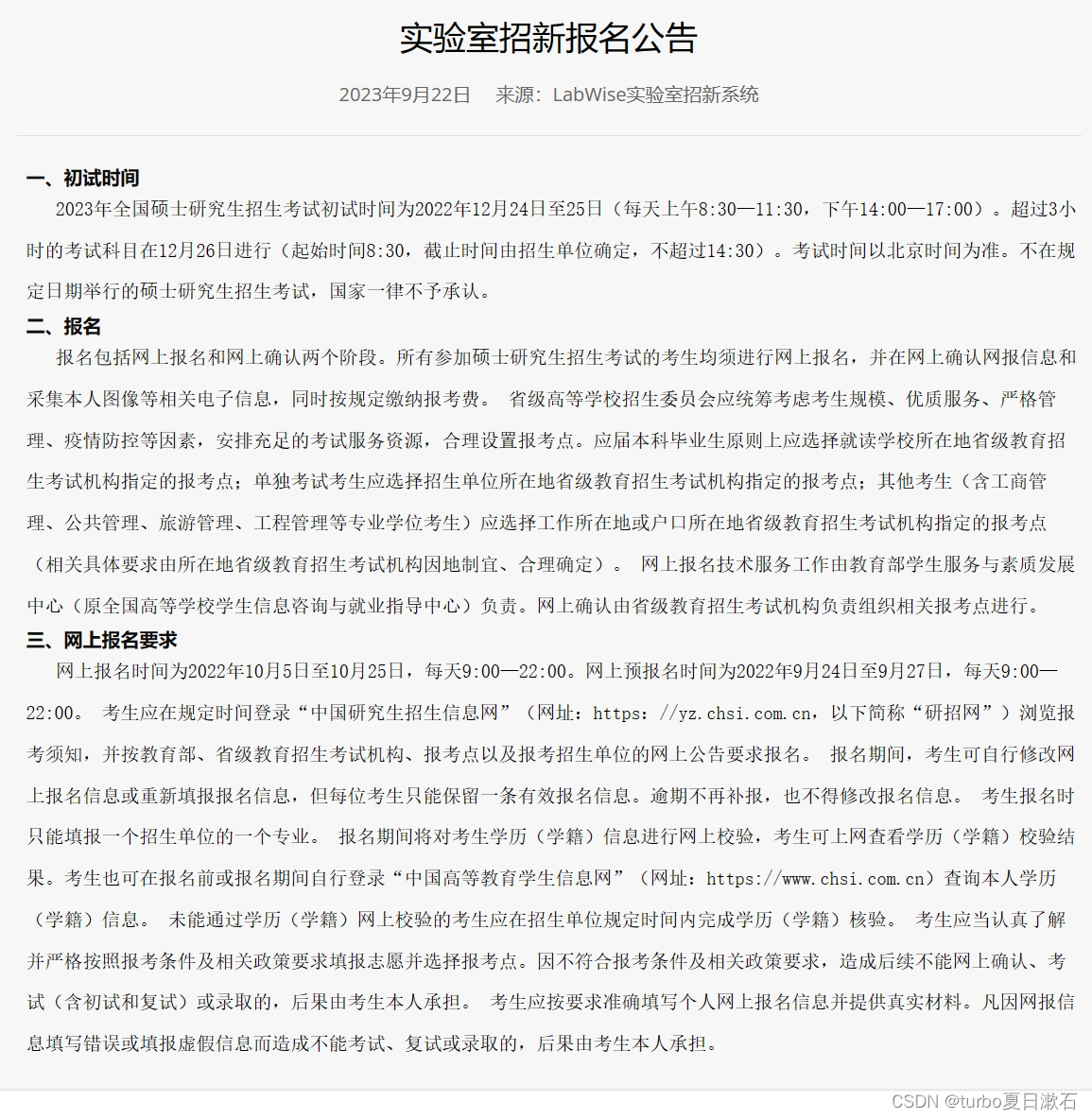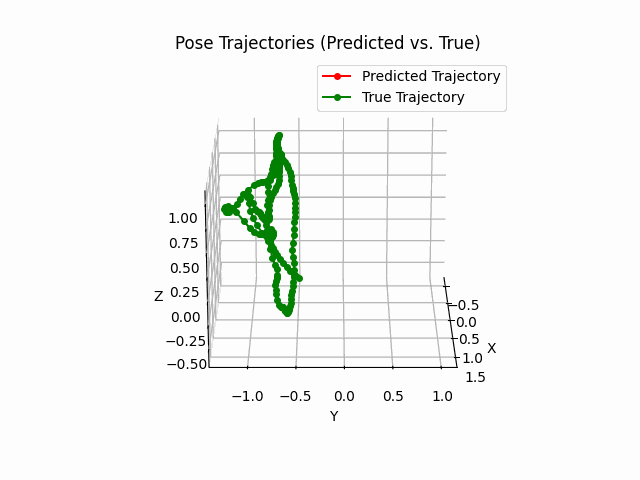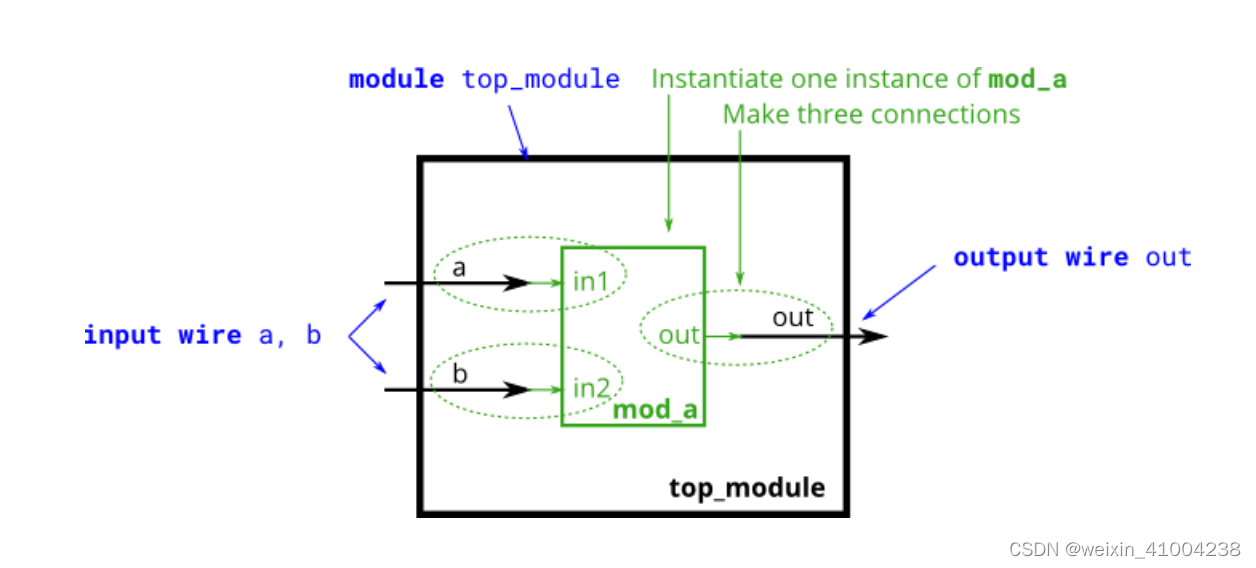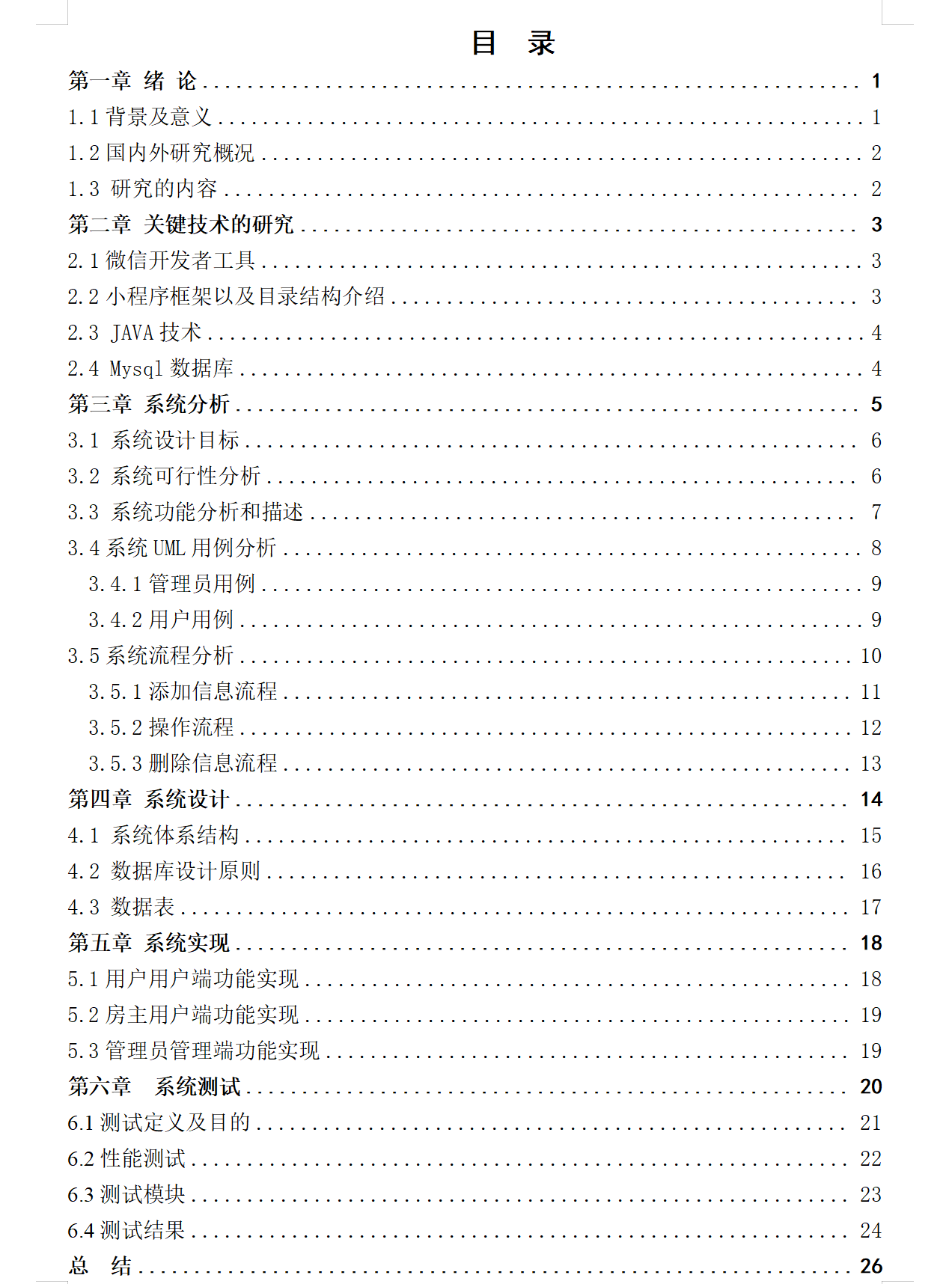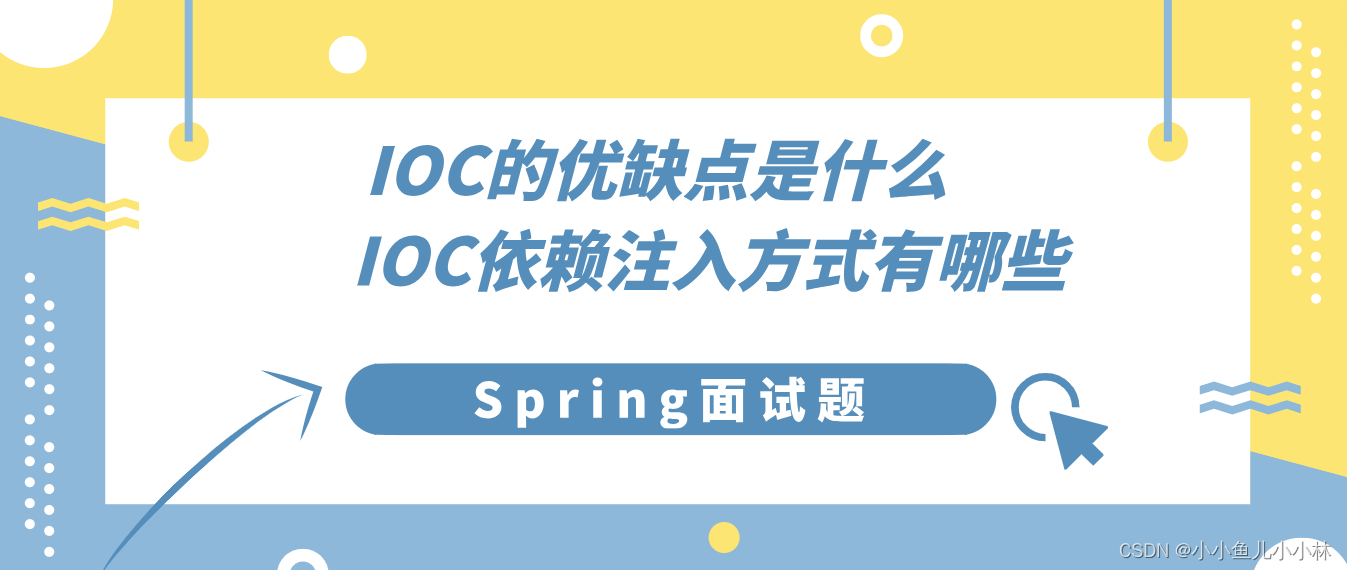💥💥💞💞欢迎来到本博客❤️❤️💥💥
🏆博主优势:🌞🌞🌞博客内容尽量做到思维缜密,逻辑清晰,为了方便读者。
⛳️座右铭:行百里者,半于九十。
📋📋📋本文目录如下:🎁🎁🎁
目录
💥1 概述
📚2 运行结果
🎉3 参考文献
🌈4 Matlab代码实现
💥1 概述
【WSN】基于蚁群算法的路由协议(最短路径)对节点能量的消耗研究是一个十分重要的课题。
在无蚁群算法(ACO)的情况下的无线传感器网络(WSN)中,当使用相同的路由协议(最短路径)时,节点能量会不断消耗,最终导致节点死亡。这是因为传感器节点在进行数据传输时,往往需要通过多个中继节点才能到达目的地,这些中继节点的数据转发会消耗大量的能量。而在没有ACO算法的情况下,网络中的节点并没有考虑到能量消耗的差异,因此无法做出针对性的路由选择。
而在应用了ACO步骤的WSN网络中,情况就不同了。同样是通过路由协议(最短路径)进行数据传输,但ACO分析了正在使用的路径的能量消耗情况,并根据能量消耗的评估结果来进行路由调整。这意味着在ACO算法的指导下,节点能够根据路由路径上的能量变化情况做出相应的决策。比如,如果某个路径的能量消耗较大,ACO可以选择其他能量消耗相对较小的路径,以减少节点的能量消耗。
通过引入ACO算法,WSN网络中的节点能够更加智能地选择路由路径,从而减少节点能量的消耗。这将延长整个网络的寿命,并提高网络的稳定性和性能。此外,ACO算法也可以根据网络的实际情况进行调整和优化,以更好地适应不同的应用场景和节点能量消耗的变化。
总而言之,通过研究基于蚁群算法的路由协议(最短路径)对节点能量的消耗,我们可以深入理解WSN网络中能量问题的关键因素,并为解决节点能量消耗过高的问题提供有效的方法。引入ACO算法可以使节点能够根据能量消耗情况智能地选择路由路径,从而优化能量分配,延长网络寿命,并提高网络的可靠性和性能。
📚2 运行结果

 持续运行中。
持续运行中。


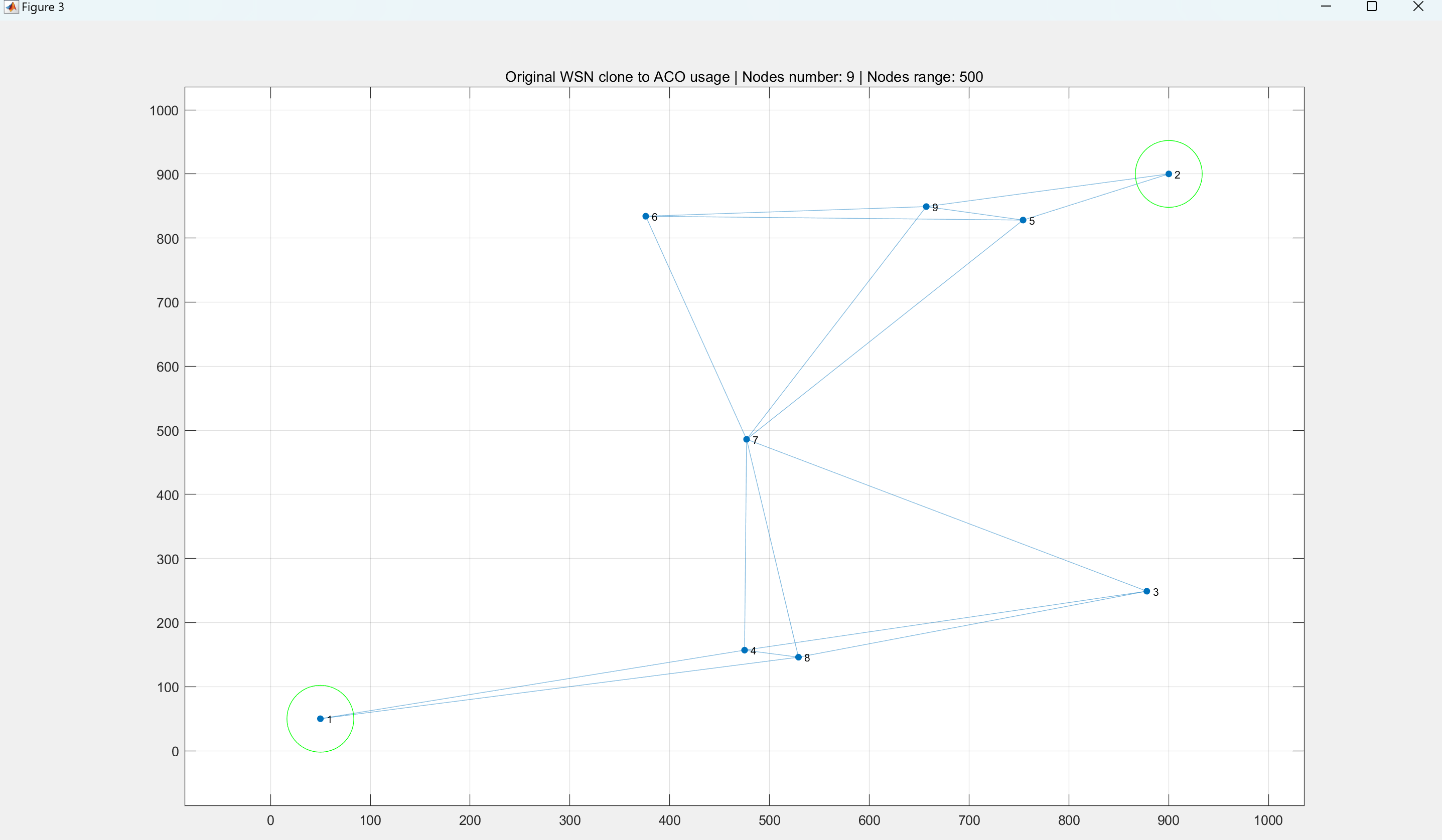
部分代码:
%% Main configuration values for this simulationdataset.nodeNo = 9; %Number of nodes
ACOnodeNo = dataset.nodeNo;
dataset.nodePosition(1,:) = [1 50 50]; %(Sender node fixed position)
dataset.nodePosition(2,:) = [2 900 900]; %(Receiver node fixed position)
dataset.NeighborsNo = 5;
dataset.range = 500; %Tolerance distance to became neighbor of one node (Euclidean distance based)
dataset.atenuationFactor = 1.8; %Atenuation factor in freespace - ranges from 1.8 to 4 due environment
dataset.minEnergy = 80; % Mw - Miliwatts (70% energy)
dataset.maxEnergy = 100; % Mw - Miliwatts (Full energy (100%) - 1 mAh charge capacity within 1 Volt energy)
dataset.energyconsumptionperCicle = 0.85;
dataset.energyrecoveryperCicle = 0.2;
dataset.minenergyfactor = 0.18;
dataset.maxenergyfactor = 0.2;
STenergy=inf;
packet=0;
iterationcounter=1;
plotgraphs=1; %Choose 1 for "yes" or 0 for "no" if you want to plot graphs or no (Better performance if no)
reprodutibily = 0; %1 = yes (always generate same random numbers) (0) for no reprodutibility (Different random numbers every code execution);% Node position sortition
if reprodutibily == 0rng('shuffle');
elserng('default');
end
for a = 3 : dataset.nodeNodataset.nodeId = a; garbage.x = randi([1 900]); %Xpos sortitiongarbage.y = randi([1 900]); %Ypos sortitiondataset.nodePosition(a,:) = [dataset.nodeId garbage.x garbage.y]; %NodeID, X and Y position into nodePosition tableend% Euclidean Distance calc from one node to all othersfor i = 1 : dataset.nodeNofor j = 1: dataset.nodeNogarbage.x1 = dataset.nodePosition(i,2); garbage.x2 = dataset.nodePosition(j,2); garbage.y1 = dataset.nodePosition(i,3); garbage.y2 = dataset.nodePosition(j,3);dataset.euclidiana(i,j) = sqrt( (garbage.x1 - garbage.x2) ^2 + (garbage.y1 - garbage.y2)^2 ); end
end% Edges matrix definition due "range" variable valuedataset.weights = lt(dataset.euclidiana,dataset.range);% Graph constructionG=graph(dataset.weights,'omitselfloops'); %Graph creation based on adjacency matrix (Edges matrix) built above% Euclidean distance extraction for all existente end-to-end formed by
% "distance tolerance" (range variable value)%% Main configuration values for this simulation
dataset.nodeNo = 9; %Number of nodes
ACOnodeNo = dataset.nodeNo;
dataset.nodePosition(1,:) = [1 50 50]; %(Sender node fixed position)
dataset.nodePosition(2,:) = [2 900 900]; %(Receiver node fixed position)
dataset.NeighborsNo = 5;
dataset.range = 500; %Tolerance distance to became neighbor of one node (Euclidean distance based)
dataset.atenuationFactor = 1.8; %Atenuation factor in freespace - ranges from 1.8 to 4 due environment
dataset.minEnergy = 80; % Mw - Miliwatts (70% energy)
dataset.maxEnergy = 100; % Mw - Miliwatts (Full energy (100%) - 1 mAh charge capacity within 1 Volt energy)
dataset.energyconsumptionperCicle = 0.85;
dataset.energyrecoveryperCicle = 0.2;
dataset.minenergyfactor = 0.18;
dataset.maxenergyfactor = 0.2;
STenergy=inf;
packet=0;
iterationcounter=1;
plotgraphs=1; %Choose 1 for "yes" or 0 for "no" if you want to plot graphs or no (Better performance if no)
reprodutibily = 0; %1 = yes (always generate same random numbers) (0) for no reprodutibility (Different random numbers every code execution);
% Node position sortition
if reprodutibily == 0
rng('shuffle');
else
rng('default');
end
for a = 3 : dataset.nodeNo
dataset.nodeId = a;
garbage.x = randi([1 900]); %Xpos sortition
garbage.y = randi([1 900]); %Ypos sortition
dataset.nodePosition(a,:) = [dataset.nodeId garbage.x garbage.y]; %NodeID, X and Y position into nodePosition table
end
% Euclidean Distance calc from one node to all others
for i = 1 : dataset.nodeNo
for j = 1: dataset.nodeNo
garbage.x1 = dataset.nodePosition(i,2);
garbage.x2 = dataset.nodePosition(j,2);
garbage.y1 = dataset.nodePosition(i,3);
garbage.y2 = dataset.nodePosition(j,3);
dataset.euclidiana(i,j) = sqrt( (garbage.x1 - garbage.x2) ^2 + (garbage.y1 - garbage.y2)^2 );
end
end
% Edges matrix definition due "range" variable value
dataset.weights = lt(dataset.euclidiana,dataset.range);
% Graph construction
G=graph(dataset.weights,'omitselfloops'); %Graph creation based on adjacency matrix (Edges matrix) built above
% Euclidean distance extraction for all existente end-to-end formed by
% "distance tolerance" (range variable value)
🎉3 参考文献
文章中一些内容引自网络,会注明出处或引用为参考文献,难免有未尽之处,如有不妥,请随时联系删除。
[1]廖明华,张华,谢建全.基于蚁群算法的WSN能量预测路由协议[J].计算机工程, 2012, 38(3):88-90.DOI:10.3969/j.issn.1000-3428.2012.03.030.
[1]米奕萍.基于改进型蚁群算法的WSN路由算法的研究[D].中北大学[2023-09-19].DOI:CNKI:CDMD:2.1012.336755.


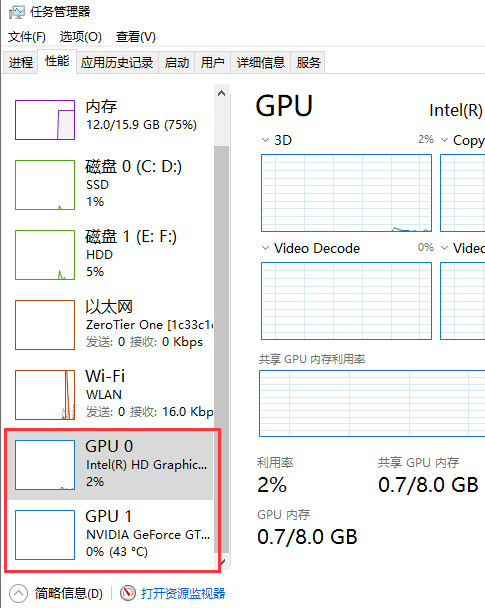
![[Linux入门]---初识冯诺依曼体系](https://img-blog.csdnimg.cn/4c334aea039b4f8f9e19a572ec1c4d30.png)
